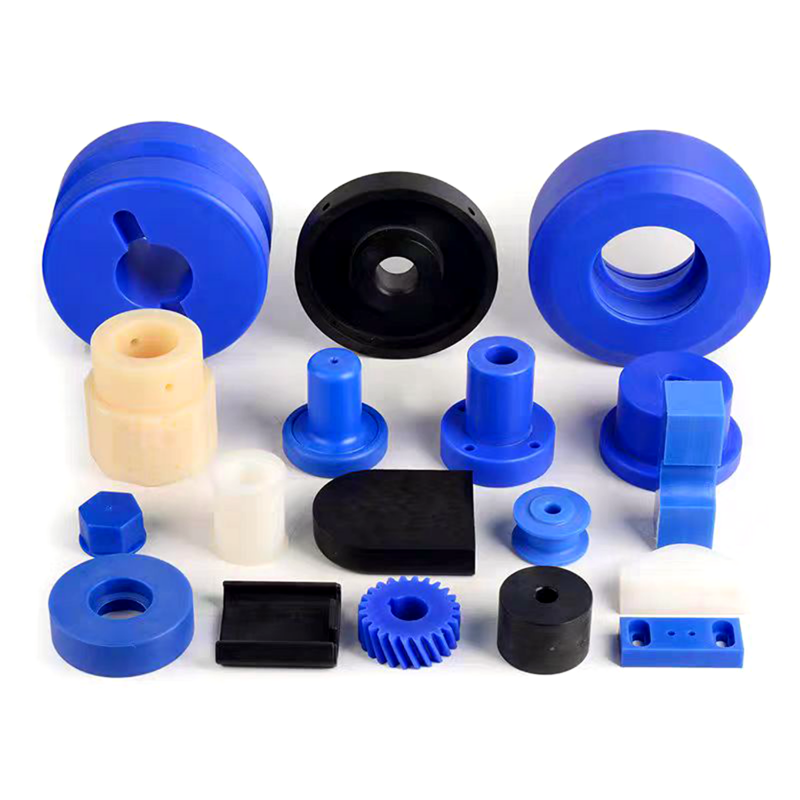In the process of NC machining, due to the influence of various factors, it is inevitable to encounter some problems. If these problems are not solved in time, it will affect the processing efficiency, processing quality and equipment life. This paper will discuss in detail the common problems in NC machining and their solutions.in fact custom cnc machining It is more and more welcomed by our customers, and its market performance is gradually improving. https://www.perfectgoodsprototype.com/
Over-cutting problem of workpiece
Problem description: The over-cutting of the workpiece means that the tool cuts the non-machining parts of the workpiece during the machining process, resulting in the out-of-tolerance or scrapping of the workpiece.
Cause analysis: The causes of workpiece overcutting mainly include insufficient tool strength, uneven cutting allowance and improper cutting parameters. For example, if the cutter is too long or too small, it may cause the cutter to bounce; Inconsistent cutting allowance on the side and bottom of curved surface may lead to uneven cutting; Improper setting of cutting parameters (such as too large tolerance, too fast feed speed, etc.) may also lead to overcutting of the workpiece.
Solution: The following measures can be taken to solve the problem of over-cutting: First, choose a suitable tool to ensure the strength of the tool is sufficient; Second, reasonable cutting allowance is reserved to ensure uniform cutting; Third, adjust cutting parameters, such as reducing tolerance and reducing feed speed; Fourthly, the SF function of the machine tool is used for fine-tuning to achieve the best cutting effect.
The problem of dividing the center and setting the knife
Problem description: centering and tool alignment are important links in NC machining. If centering or tool alignment is not accurate, the position of workpiece will be offset or the dimension will be out of tolerance.
Cause analysis: The main reasons for the problem of centering and tool alignment include inaccurate manual operation by the operator, burr around the mold, magnetic centering rod, and non-vertical four sides of the mold.
Solution: The following measures can be taken to solve the problem of centering and tool alignment: first, strengthen operator training to improve the accuracy of manual operation; Secondly, deburring the periphery of the die; Thirdly, demagnetizing the separating rod; Fourth, check whether the four sides of the mold are vertical by checking the table, and review the plan with the fitter if necessary.
Plane collision problem
Problem description: Collision means that the tool or chuck collides with the workpiece or other parts during machining, resulting in equipment damage or workpiece scrapping.
Cause analysis: The reasons for the collision mainly include insufficient safety height, inconsistency between the program sheet and the actual tool, inconsistency between the tool length on the program sheet and the actual machining depth, and wrong coordinate setting during programming.
Solution: The following measures can be taken to solve the needle collider problem: First, ensure that the safety height is sufficient; The second is to check whether the program sheet is consistent with the actual tool; Third, accurately measure the actual machining depth and indicate it on the program sheet; Fourth, carefully check whether the coordinate settings during programming are correct.
Surface accuracy problem
Problem description: The problem of surface accuracy refers to the surface roughness of the machined surface does not meet the requirements or there are defects such as tool marks.
Cause analysis: The causes of surface accuracy problems mainly include unreasonable cutting parameters, sharp cutting edge, too long tool clamping and poor chip removal.
Solution: To solve the problem of surface accuracy, the following measures can be taken: First, set cutting parameters reasonably (such as tolerance, allowance, speed and feed, etc.); Second, regular inspection and replacement of non-sharp tools; The third is to shorten the clamping length of the tool as much as possible; The fourth is to improve the chip removal conditions (such as adding air blowing or oil flushing devices).
